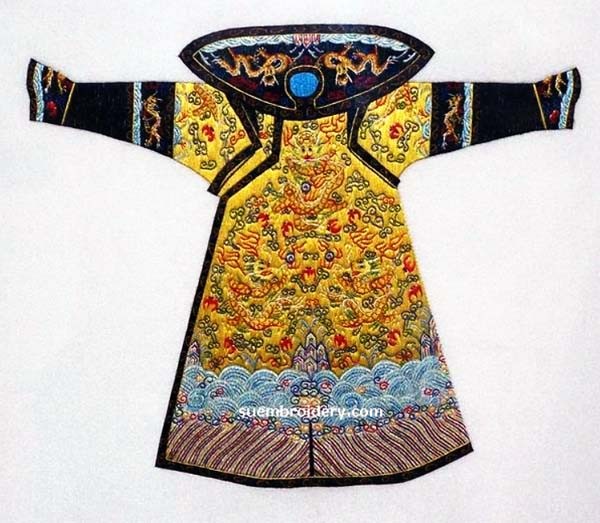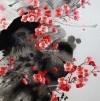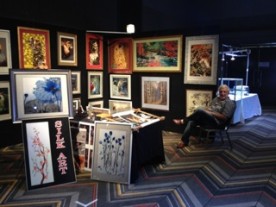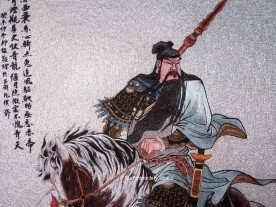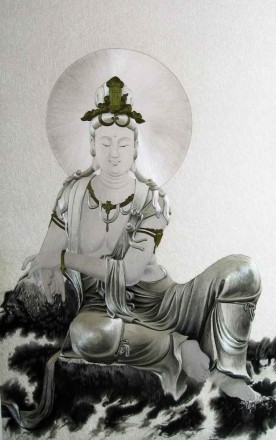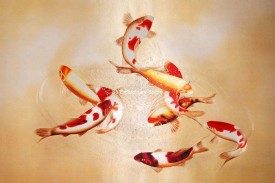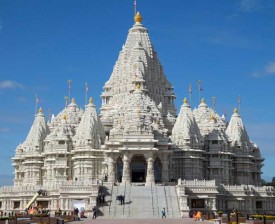The dragon, an ancient and potent symbol in Chinese culture, transcends folklore as a composite creature embodying elements of a snake, eagle, tiger, and devil. Symbolizing the natural world and transformation, the dragon has been intertwined with the identity of Chinese emperors since at least the first century B.C.E. The evolution of its symbolic representation culminated in the dragon robe, a luxurious garment that became a defining aspect of imperial attire during the Qing dynasty (1644–1911).
Originating in the late Song dynasty (960–1279 C.E.), dragon robes gained prominence and complexity over centuries, reaching their zenith during the Qing dynasty. Surviving examples offer a rare glimpse into the opulence of early Chinese garments, illustrating the intricate fusion of symbolism, craftsmanship, and hierarchical distinction within the imperial court.
The fundamental structure of the dragon robe was deceptively simple—a long robe with extended sleeves and a circular neck opening. However, the true opulence lay in the richness of the fabric and the meticulous embellishments. The central focus was the dragon, often featuring one large dragon on the main panel and smaller dragons adorning sleeves and the hem. Elaborate patterns, geometric designs, and brightly colored figures complemented the dragons, creating a visual narrative on a sea of intricately patterned silk. Some robes incorporated embroidery at the neck fastening or cuffs, adding an extra layer of detail.
Distinctive features of the dragon robe signaled the wearer's rank and status. The five-clawed dragon, known as "long," adorned robes worn by the emperor, his sons, and select high-ranking court members. Robes with a four-clawed dragon ("mang") were worn by certain princes and nobles, while officials of lower rank adorned three-clawed dragons. Additional ornamentation, such as depictions of Mount Kunlun or the "twelve sacred symbols," conveyed the wearer's place in society.
With the demise of the Qing dynasty in 1911, marked by revolutionary changes in Chinese governance, the dragon robe's era concluded. The revolution ushered in a more representative government, bringing an end to the customs of the imperial court. While the dragon remains a potent symbol in Chinese culture, the dragon robe now serves as a poignant emblem of a bygone era.
The accompanying hand-embroidered picture below showcases the meticulous artistry invested in capturing the essence of an imperial dragon robe. Crafted entirely with silk threads and needles, this embroidered silk art illustrates the intricate details that make the dragon robe a testament to traditional Chinese embroidery skills.
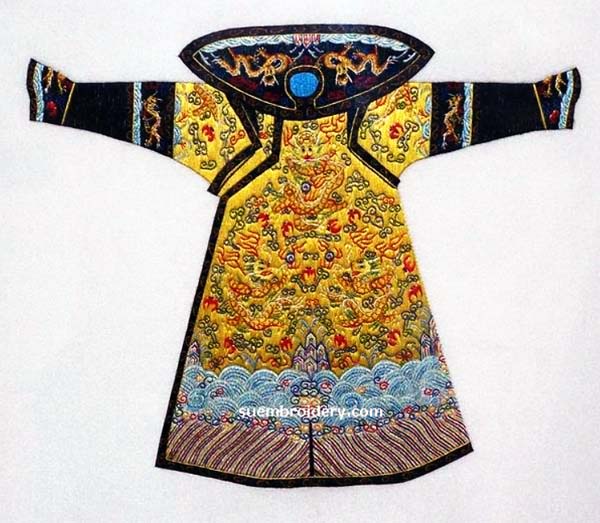
hand embroidered silk painting Dragon Robe
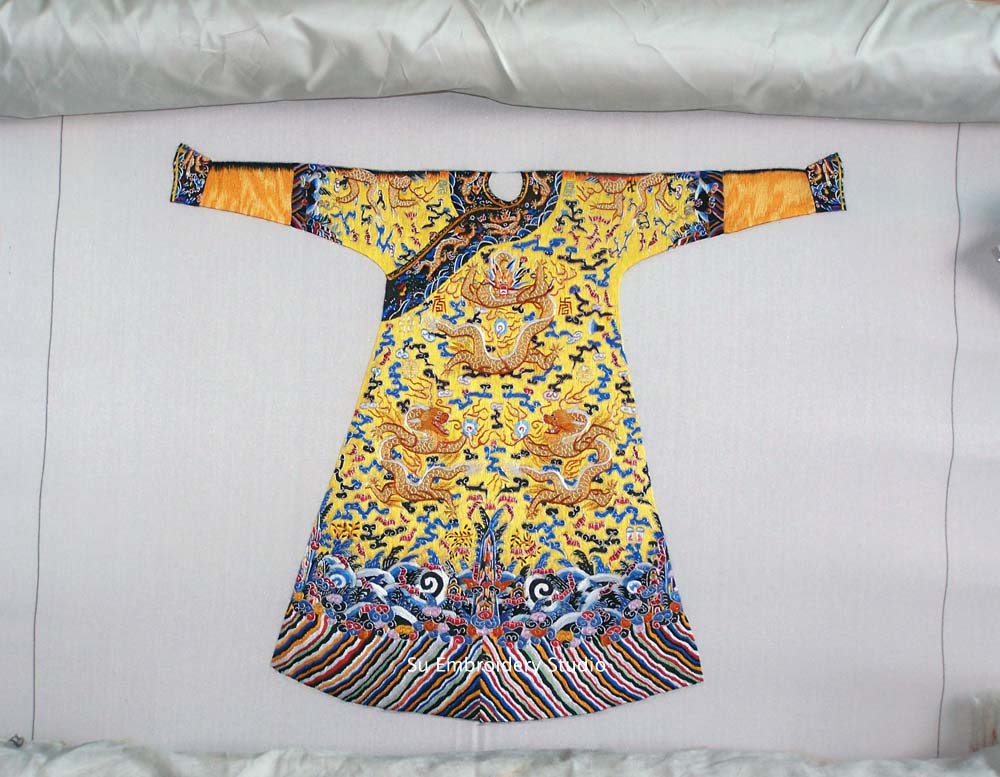
hand embroidered silk painting depicting a Chinese imperial dragon robe
In the summer of 2007, 350 silk embroideries of Chinese emperor's dragon robes were created for a luxury hotel in Singapore. These modern interpretations serve as a bridge between history and contemporary artistry, celebrating the enduring legacy of the dragon robe.
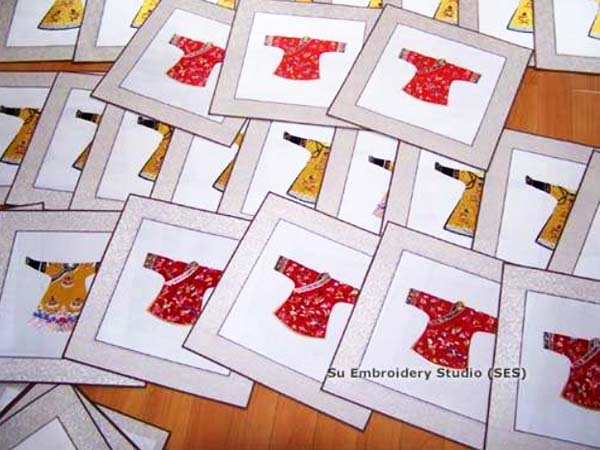
If you are captivated by the allure of the dragon robe, you can explore and collect silk embroidery pictures based on this timeless tradition. Visit this link for a selection inspired by the emperor's dragon robes and explore the entire Still Life section for more dragon robe designs.
by Su Embroidery Studio (SES), Suzhou China
SES is dedicated to Chinese Silk Embroidery Art and High-End Custom Embroidery
Find SES's embroidery work at Chinese Silk Embroidery for Sale.


